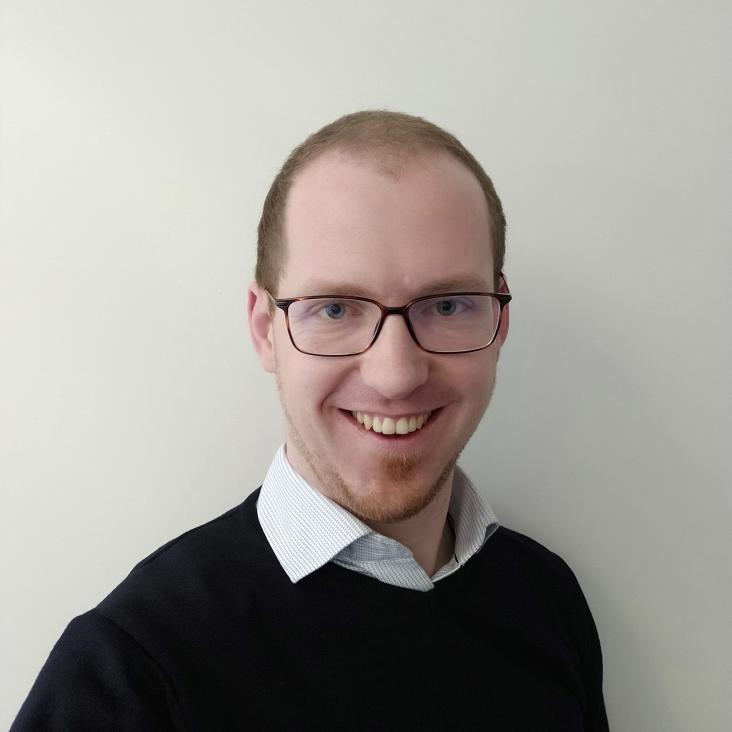High-Intensity and High-Energy Beam Physics Group
The High-Intensity and High-Energy Beam Physics Group explores the physics that governs some of the most extreme particle beams produced today. Our research aims to understand and push the fundamental limits of beam intensity, stability, and quality in high-power and high-energy accelerators — from synchrotrons and fixed-field accelerators (FFAs) to next-generation colliders. We study how collective effects such as space charge and beam instabilities arise and interact, and how new concepts can be harnessed to overcome them. The group contributes to the design and optimization of future accelerator facilities such as the high-energy CERN High Luminosity LHC and the high-power ISIS-II spallation neutron source, ensuring that beams of unprecedented brightness and intensity can be achieved for fundamental science and applications.
At the core of our activity lies the development of advanced computational and experimental methods for beam dynamics. We integrate physics-based models with modern machine learning to construct high-fidelity digital twins of accelerator systems (such as Deep Lie Map Networks and physics-informed Gaussian Processes) and to develop new approaches to accelerator design (exploiting Active Deep Learning techniques). Our research combines the theoretical understanding of collective beam dynamics with innovative diagnostic techniques and control strategies — from physics-informed AI models for generating accelerator models based on beam measurements to novel concepts for active beam stabilisation such as pulsed electron lenses. These developments extend the boundaries of achievable beam performance in existing machines and guide the conception of future accelerators.
The group maintains close collaborations with leading international laboratories including CERN, GSI/FAIR, and the Rutherford Appleton Laboratory (ISIS), forming a bridge between Oxford and major experimental facilities worldwide. Our work spans from fundamental beam physics to technology development, offering a stimulating environment for students and researchers at all levels. Through this synergy of modelling, artificial intelligence, and experimental innovation, the group advances both our understanding of collective beam dynamics and the tools to shape the accelerators of tomorrow.
The group is headed by Professor Adrian Oeftiger. Current and past members include
- David Posthuma de Boer (DPhil candidate)
- Carl Jolly (DPhil candidate)
- Joshua Appleby (DPhil candidate)
- Francesco Straniero (DPhil candidate)
- Robert Simpson (MPhys candidate)
- Noa Steerenberg (MSc thesis 2025)


